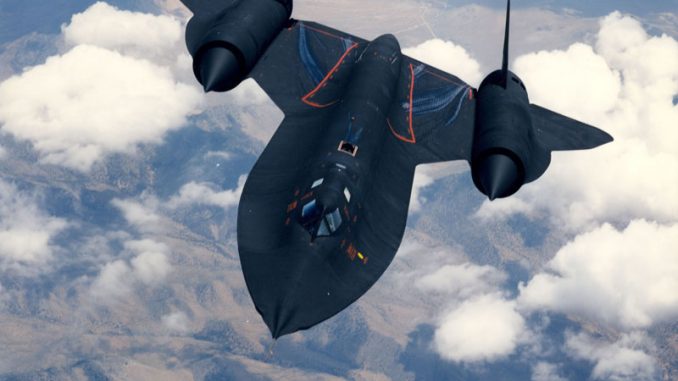
On October 9, 1999, the SR-71 Blackbird made its final flight, but its legacy continues to soar. It remains one of the most iconic and admired aircraft in aviation history. Born out of Cold War necessity and renowned for its unmatched speed and reconnaissance technology, the SR-71’s story is a mixture of triumphs and challenges. Political debates, operational hurdles, and shifting military priorities punctuated its career, but from its creation to its last mission, the SR-71’s journey was as thrilling as the aircraft’s legendary supersonic flights.
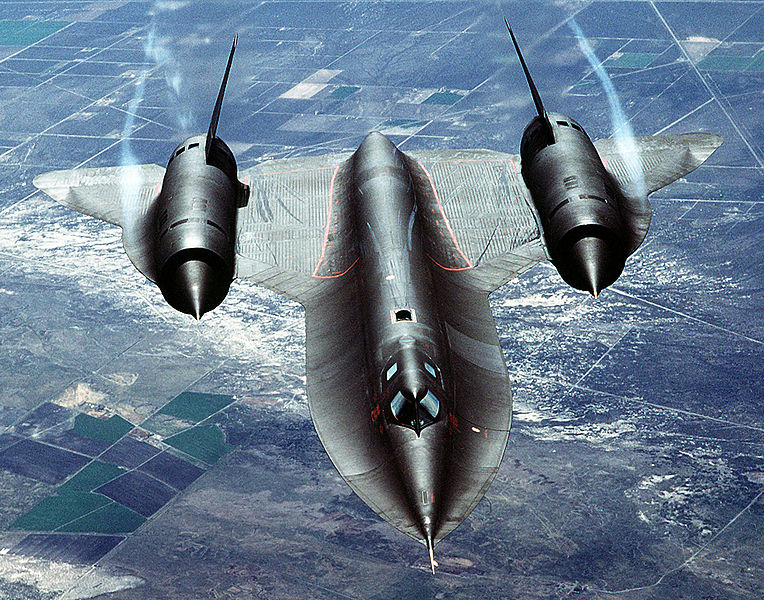
Conception and Development: Born from Cold War Necessity
The SR-71 was conceived in the early 1960s by Lockheed’s Skunk Works team, under the guidance of famed engineer Kelly Johnson. Its design was driven by the need for a high-speed, high-altitude reconnaissance aircraft that could outpace Cold War threats. At the time, reconnaissance planes like the U-2 were becoming vulnerable to surface-to-air missiles, and the SR-71 was engineered to counter that risk with sheer speed and altitude. Capable of flying at Mach 3.3 (around 2,200 mph) and at altitudes of 85,000 feet, the Blackbird could outrun threats with ease. Its sleek, black silhouette wasn’t just for intimidation; it minimized radar detection and was made mostly from titanium to endure the intense heat generated by high-speed flight. In a remarkable feat of engineering, the SR-71’s skin expanded during flight, sealing its joints and gaps as it reached full speed—an example of the aircraft’s innovative design.
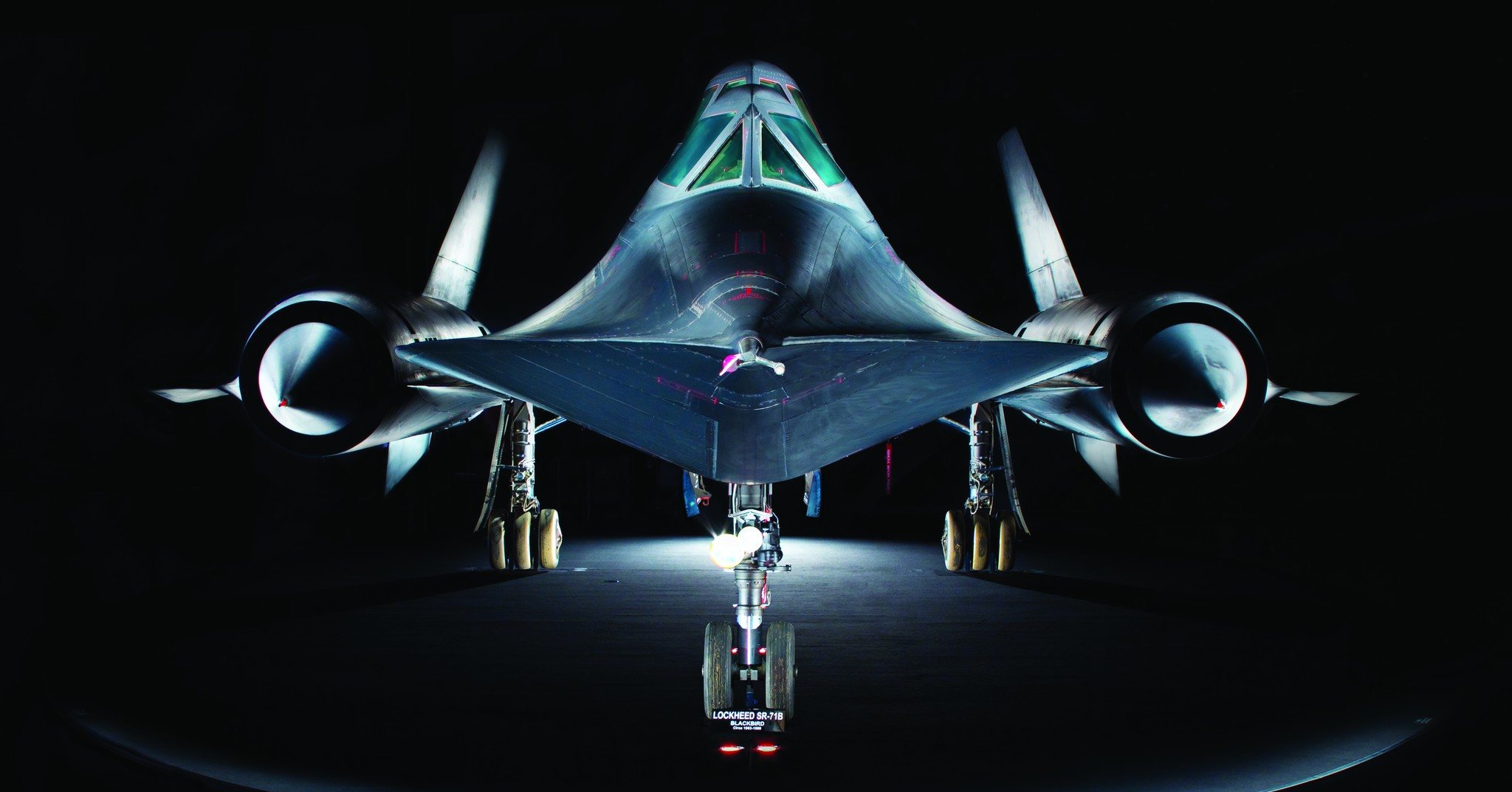
A Bird Above All Others
From the moment it first flew in 1966, the SR-71 set a standard that has never been matched. For more than two decades, it served as a vital asset for the U.S. Air Force, conducting reconnaissance missions over some of the world’s most dangerous regions, including North Vietnam, North Korea, and the Soviet Union. With the ability to cover 3,000 miles in a single mission, the Blackbird’s powerful cameras and sensors captured crucial intelligence. Despite flying through heavily defended airspaces, the SR-71 was never shot down. Fired upon more than 1,000 times, no missile ever came close to striking the Blackbird, solidifying its reputation as the world’s premier reconnaissance aircraft, a title it still holds.
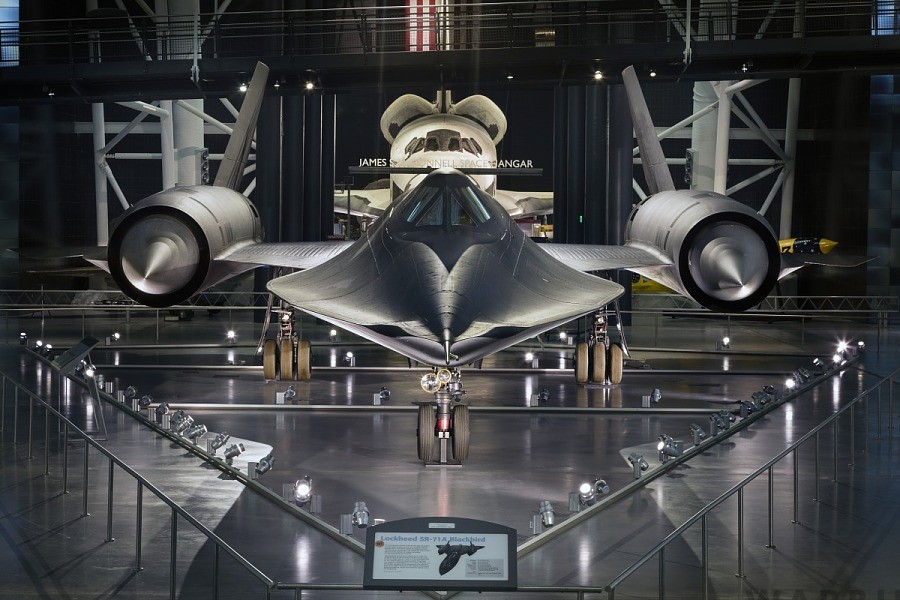
First Retirement in 1989
As unmatched as the SR-71 was, its operational costs were significant. By 1989, with flight hour costs reaching $85,000 and advances in satellite and drone technologies, the Air Force began to question its necessity. Satellites were proving to be a more cost-effective way to gather intelligence, and UAVs (unmanned aerial vehicles) were emerging as the future of reconnaissance. Not everyone agreed, however. Many, like General James B. Graham, a former SR-71 program commander, believed the Blackbird’s capabilities were still invaluable. However, budget constraints and internal Pentagon politics ultimately led to the aircraft’s retirement in October 1989.
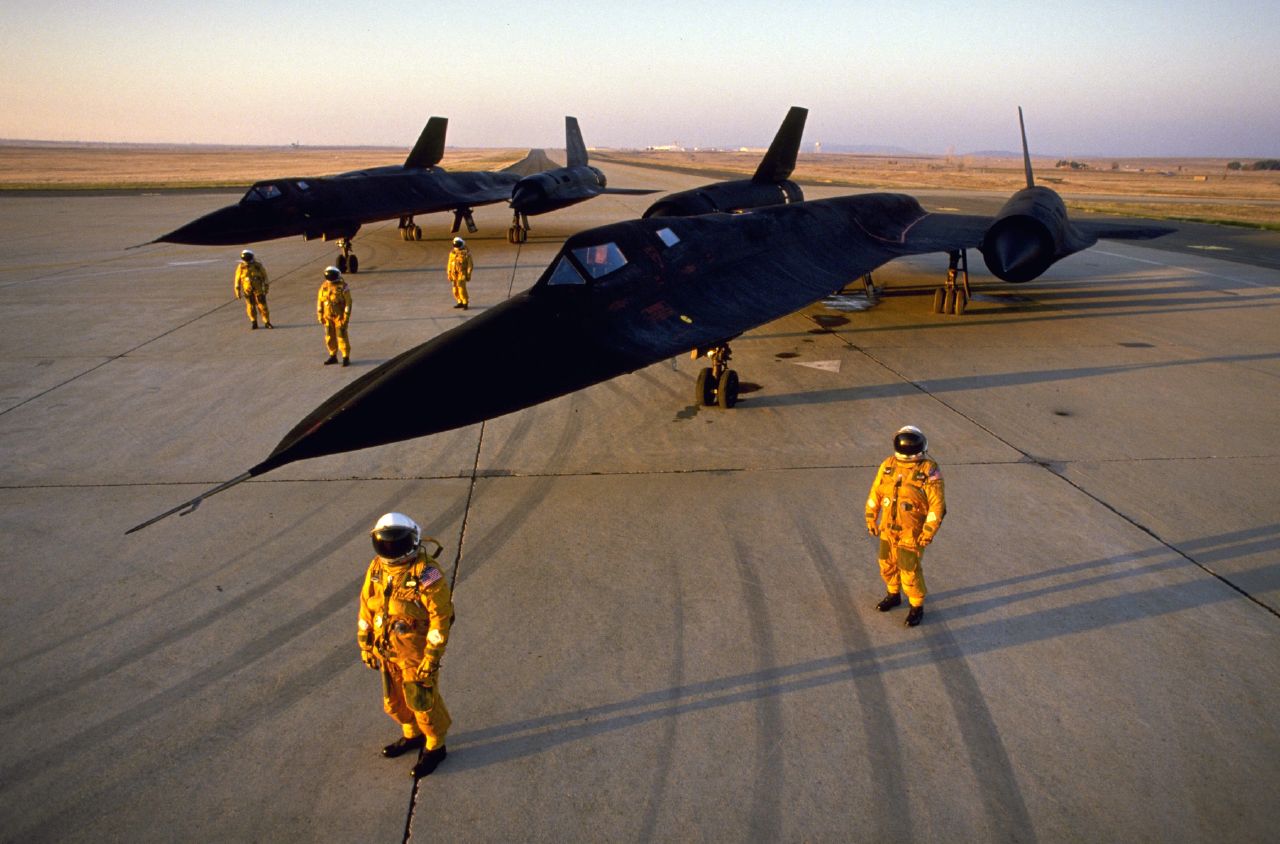
Reactivated Bird Wings
Global tensions in the early 1990s, particularly in the Middle East and with North Korea’s nuclear program, prompted Congress to authorize the reactivation of three SR-71s in 1993. With an initial budget of $100 million, which was later reduced to $72.5 million, the aircraft were brought back into service, now equipped with real-time data links to instantly transmit reconnaissance images. Despite the reactivation, the Air Force was hesitant to fully embrace the SR-71’s return, citing cost concerns and their growing belief in the potential of UAVs. The program struggled with limited funding and a military increasingly focused on new technologies.
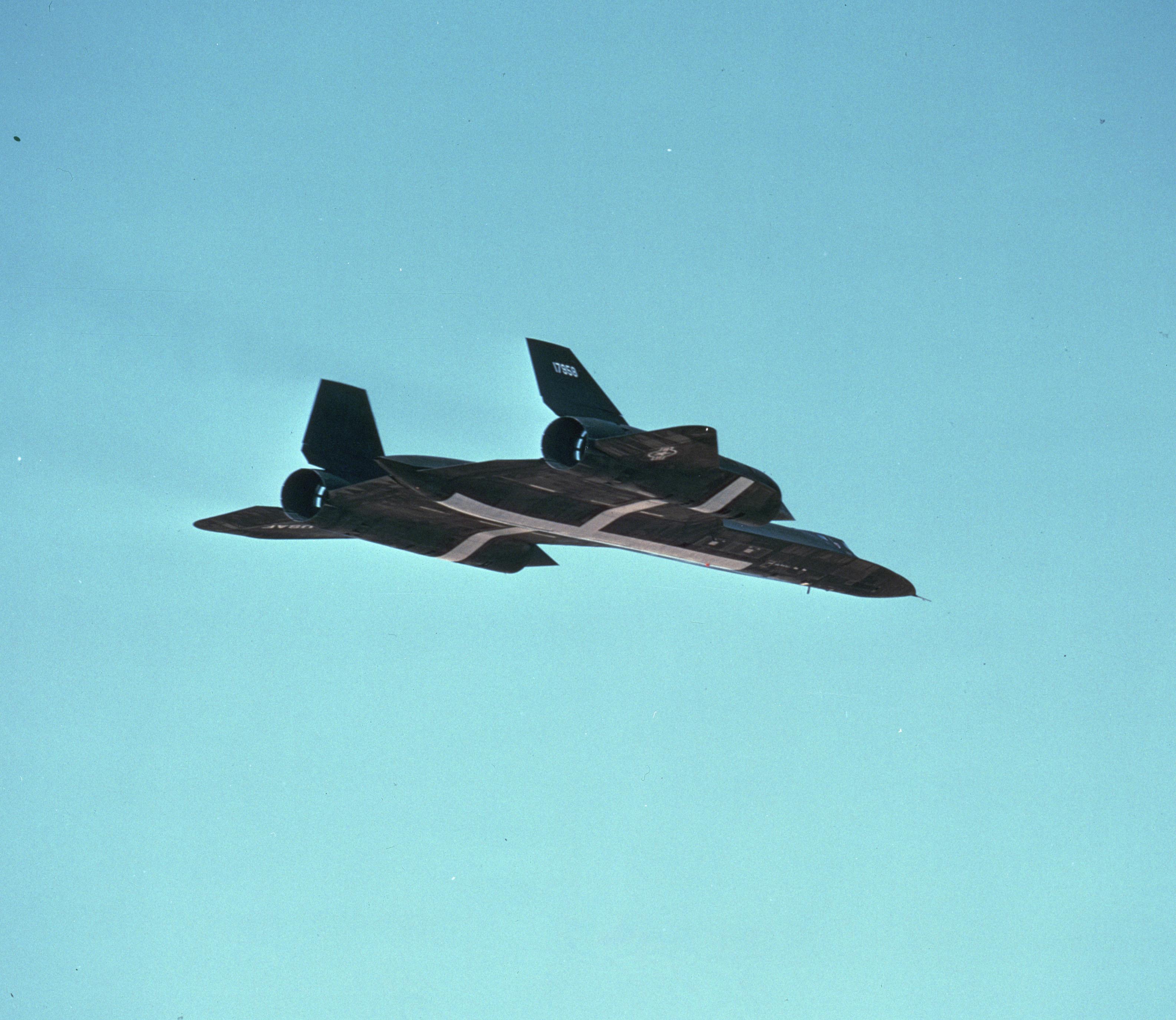
Final Retirement
By 1996, the Air Force was once again pushing for the SR-71’s retirement, citing financial challenges and the development of more advanced reconnaissance platforms. Although Congress tried to keep the program alive, President Bill Clinton vetoed the spending and the program officially ended. NASA continued to use the remaining SR-71s for research until October 9, 1999, when the aircraft made its final flight at Edwards Air Force Base. Piloted by Rogers Smith and flight engineer Robert Meyer, the aircraft soared to 80,100 feet and reached speeds of Mach 3.21, thrilling aviation enthusiasts one last time with its signature sonic boom and a fuel dump that left a dramatic trail across the sky.
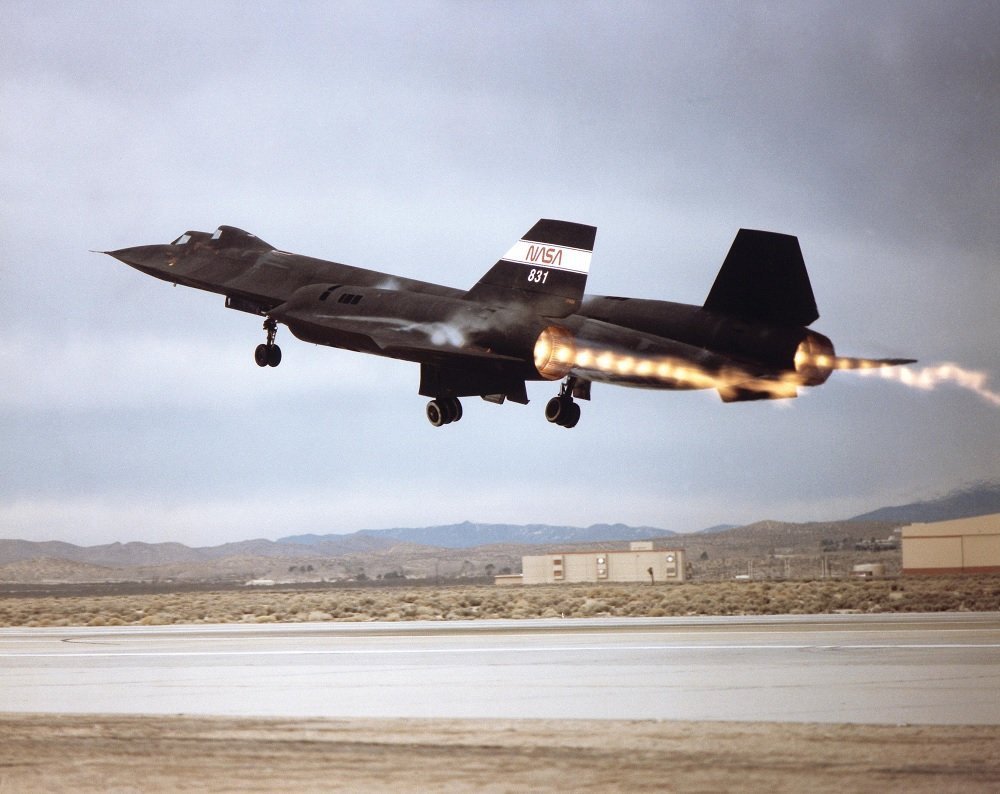
The SR-71’s Lasting Legacy
Although the SR-71 was retired twice and never truly replaced, its legacy remains intact. It still holds the title of the fastest air-breathing manned aircraft ever built. During its last service flight on March 6, 1990, the Blackbird set a coast-to-coast speed record, flying from Los Angeles to Washington, D.C., in just over an hour. For aviation enthusiasts and engineers, the SR-71 symbolizes the peak of human innovation, pushing the limits of speed and technology. Today, the remaining SR-71s are housed in museums across the United States, where they continue to inspire awe and remind visitors of a time when speed and stealth ruled the skies. Its groundbreaking design and unmatched performance have earned it a permanent place in history. Even decades after its final flight, the SR-71 still captures the imagination and stirs excitement like no other aircraft can.
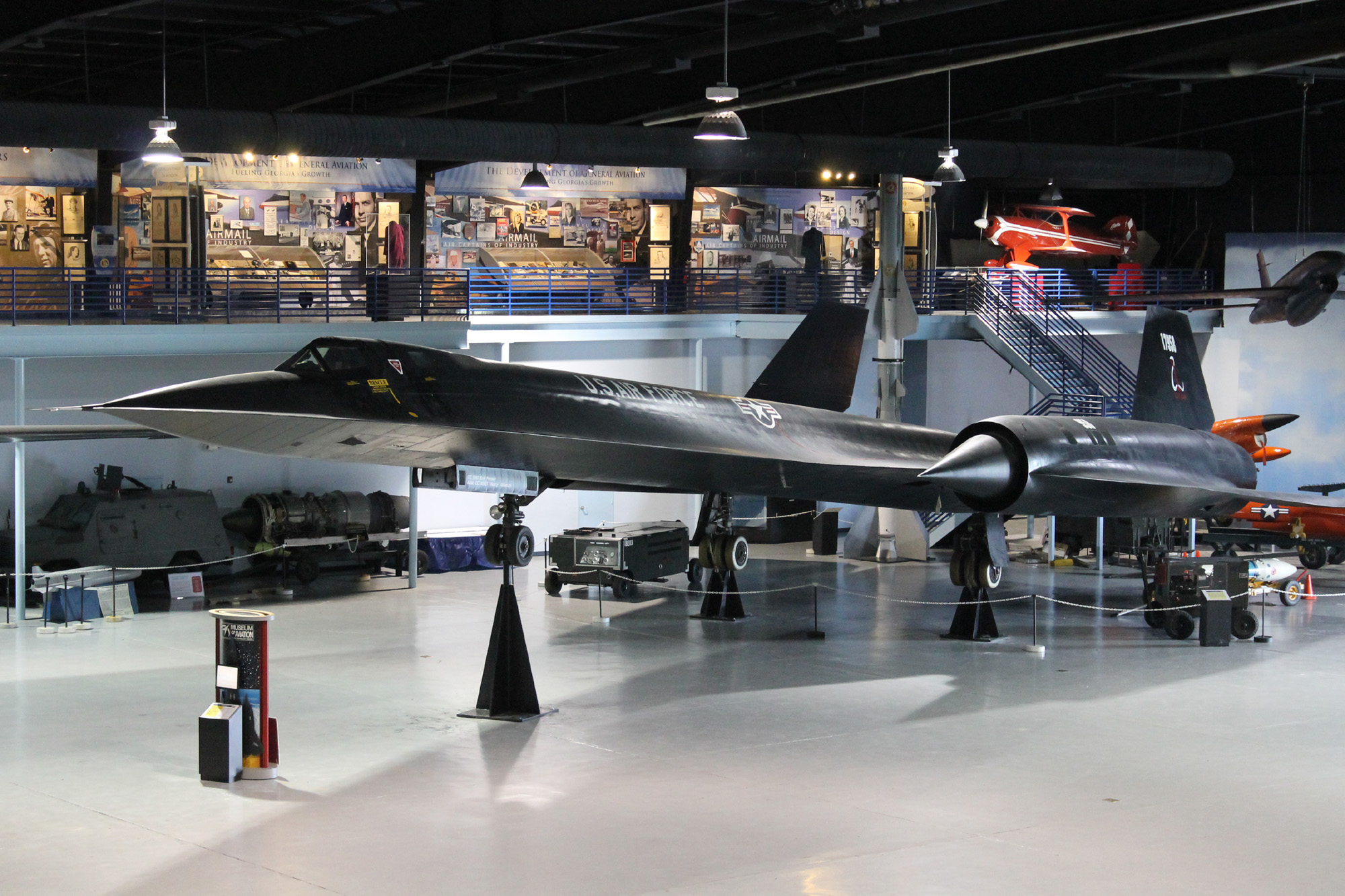
Today in Aviation History is a series highlighting the achievements, innovations, and milestones that have shaped the skies. All the previous anniversaries are available HERE.
Related Articles
"Haritima Maurya, pen name, ""Another Stardust,"" has been passionate about writing since her school days and later began sharing her work online in 2019. She was drawn to writing because of her love for reading, being starstruck by the art of expression and how someone can make you see and feel things exclusive to their experience. She wanted to be able to do that herself and share her mind with world cause she believes while we co exist in this beautiful world least we can do is share our little worlds within.
As a commercial pilot, Haritima balances her passion for aviation with her love for storytelling. She believes that, much like flying, writing offers a perspective beyond the ordinary, offering a bridge between individual experiences and collective understanding.
Through her work, ""Another Stardust"" aims to capture the nuances of life, giving voice to moments that resonate universally. "


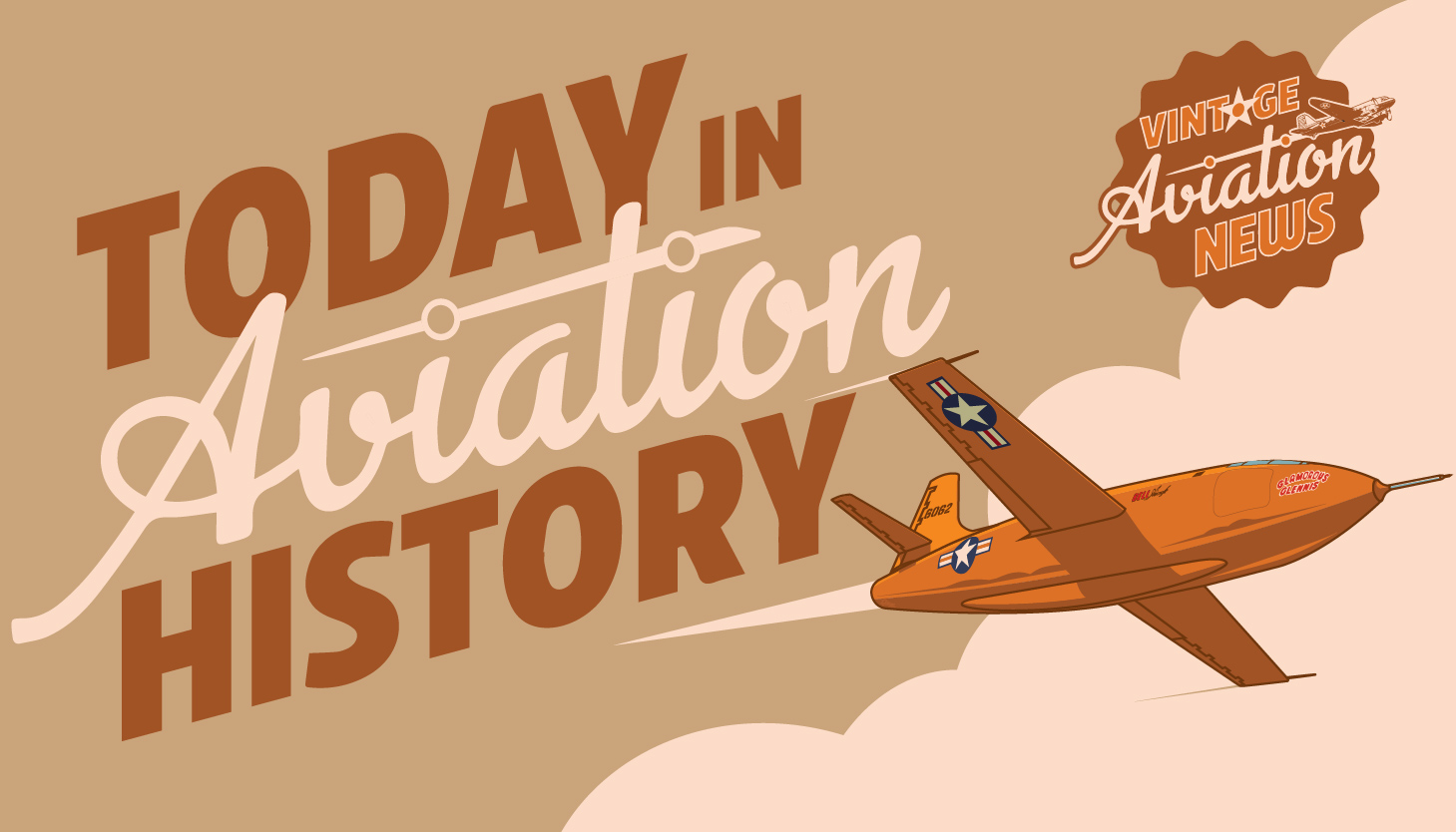
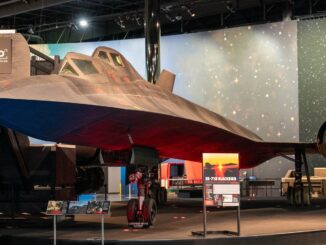
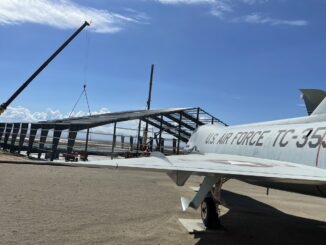
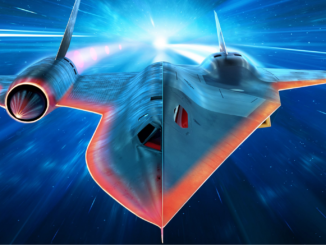
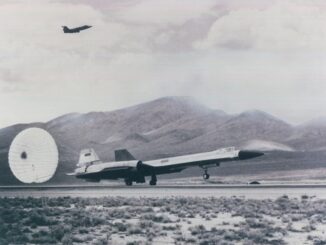
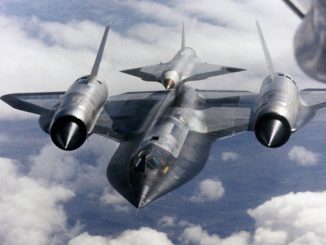
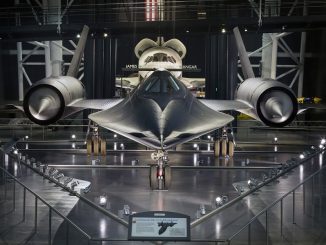



So to me growing up was awesome. My father was a pilot and an flight instructor. So me and my Mom and Dad went to a lot of flight shows. And the first time I seen a sr-71 I feel in love with this jet. It was like something I never seen. My mother favorite jet was the hawker harrier. And to me that jet was awesome it self. How it could take off vertically and then go forwards from there. My father loved every jet. His favorite was probably the Corsair airplane. But him and I loved being in the air. I went up with my father all the time. I did a class project and got to fly a beachcraft 99 twin prop airplane 17 seater. From Port Angeles to Alabama. It took us three days. O and his co pilot Harry Mitchell. It was one of my favorite times in life to go on that trip with my father and his co pilot. But back to the sr-71. To me well always be the sexiest jet of the Skye’s. That’s the bottom line. Now the little brother to the sr-71 is the sr-72. I’m learning about it. And it’s one badass jet. That’s all I got for now. Thank you for letting me write all of this.